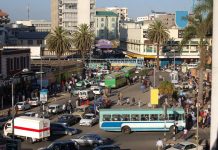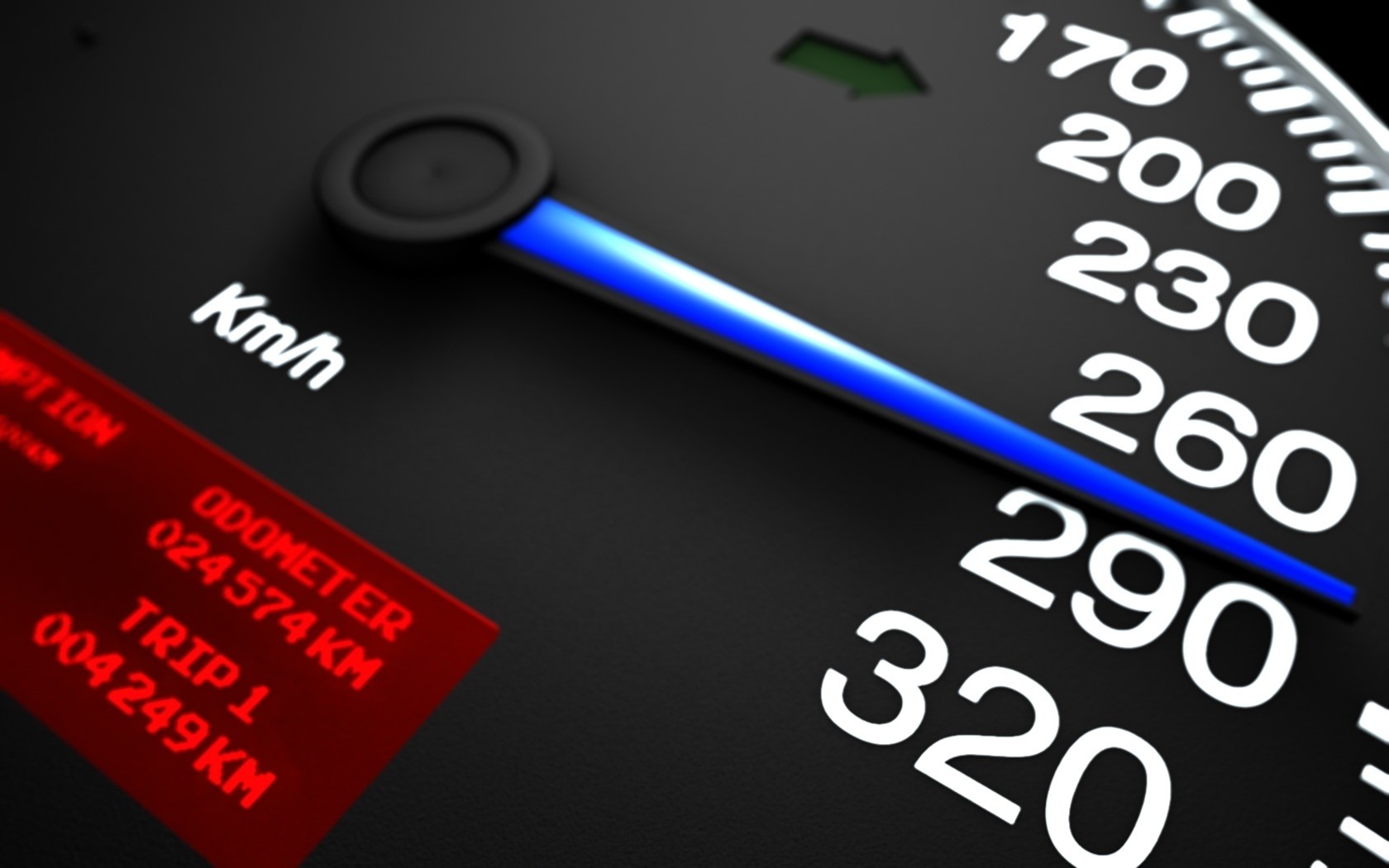• Other ports on the list include Lagos, Dar es Salaam and Cape Town.
• KPA is counting on the Sh32billion Mombasa port phase II second container terminal, under construction, to increase cargo handling capacity.
The Mombasa port is among facilities in Africa that are almost full, a situation likely lead to congestion and a need for expansion, a continental report shows.
‘The Africa’s Port: Fast-tracking Transformation’ report lists Mombasa alongside Lagos (Nigeria), Dar es Salaam (Tanzania) and Cape Town (South Africa), as among facilities with infrastructure deficit in the short-term.
“Existing port infrastructure is often inadequate to meet demand. As a result, several major ports, including Lagos, Mombasa, Dar es Salaam and Cape Town, are on the verge of reaching their capacity limit, which can lead to costly congestion issues,” the report states.
“Without investment and taking into account growth in demand, the situation runs the risk of worsening.”
The report was put together by Africa CEO Forum and Okan — a strategy consulting and financial advisory firm.
The Port of Mombasa comprises Kilindini harbour, Port Reitz, the Old Port, Port Tudor and the whole of the tidal waters encircling Mombasa Island. The port has a capacity of 2.65 million twenty-foot equivalent unit.
Kenya is ranked highly among Africa’s top 20 ports in cargo handling and container dwell-time.
Dwell time is the amount of time which cargo or ships, spend within a port. It is a key indicator of how efficiently a port is operating, how quickly cargo is flowing through its terminals and how long a ship is spending in port.
The annual report puts Kenya in fifth position among ports which handled most cargoes in the continent in recent time. The Mombasa port had an average annual throughput of 1.3 million TEUs, a measure of volume in units of twenty-foot long containers.
The Kenya Ports Authority last year set a new record of 1.42 million TEUs.
Egypt tops with its Alexandria and Port Said facilities with an average capacity of 6.2 million TEUs, followed by South Africa (Durban) with 4.9 million TEUs, then Morocco with its Tanger Med port (4.8 million TEUs).
Algeria, which has about 15 ports with six major ones, comes fourth with an annual handing capacity of 4.8 million TEUs.
In cargo dwell-time, Mombasa is the second-best performing in Africa with five days, after Durban which has an average of four days.
Europe’s largest seaport– Port of Rotterdam, the Netherlands, has the best time of two days.
Only three African countries (Egypt, Morocco and South Africa) rank in the top 50 in terms of efficiency of seaport services.
The three are also the African countries equipped to handle more than four million TEU, as of 2018.
Taken together, these three countries account for 51 per cent of volumes transported in Africa.
The Africa CEO Forum has urged governments to invest wisely and avoid notorious ‘white elephants’.
“Investment requirements continue to be very high on the continent, but before rushing into developing major, costly projects, African states must first clearly define the aim of their port projects,” said Frédéric Maury, editorial director for Africa CEO Forum.
The KPA is counting on the Sh32 billion Mombasa port phase II second container terminal under construction to increase cargo handling capacity at Mombasa.
The project being undertaken by Japan’s Toyo Construction Company commenced in September 2018 and is currently at above 56.3 per cent complete. It is due in November 2021.
It is an extension to the first phase built on a Sh26 billion loan from Japan, and commissioned in April 2016. The project created 550,000 TEUs capacity with two new berths.
Phase II is expected to add 450,000 TEUs capacity at the facility, bringing the total capacity at the new terminal to one million TEUs.
“Construction of the second container terminal was informed by the need to expand capacity ahead of demand to cope with the exponential growth in containerised traffic,” KPA management told the Star.
It is estimated the port will handle 47 million tonnes in the next 10 years, from the current 30 million and eventually 111 million by 2047.
“Over the years, the Port of Mombasa has consistently recorded significant growth of cargos thereby necessitating capacity expansion in the short to medium term to avoid congestion,”KPA head of corporate affairs Bernard Osero told the Star in an interview.
SOURCE: https://www.the-star.co.ke/business/kenya/2020-11-15-mombasa-port-nearing-capacity-limit-report/








![Top 20 Used Cars to Avoid Buying in Kenya – [PHOTOS]](../../../blog/wp-content/uploads/2013/11/top-used-unreliable-cars-to-avoid2-80x60.jpg)

![Top 20 Used Cars to Avoid Buying in Kenya – [PHOTOS]](../../../blog/wp-content/uploads/2013/11/top-used-unreliable-cars-to-avoid2-100x70.jpg)





